Mozzarella: discover what it is, how to choose it and what to eat with it
When talking about one of the most famous Italian dairy products in the world, the question "is mozzarella a cheese?" immediately springs to mind. Not everyone knows that the tasty food, which characterises pizza, comes from a process of coagulation of milk proteins and is therefore a fresh cheese. In fact, mozzarella contains many milk enzymes and its shelf life never exceeds 20 days.
Mozzarella can be derived from two types of milk: cow's milk and buffalo milk, resulting in two different tastes and textures. However, this fresh cheese can also differ in taste depending on how it is processed.
In this article, we will look at how many and which types of mozzarella exist and what the differences are, so that you can choose the right one for your taste, digestibility and nutrient quality.
How to choose mozzarella
Although the two main types are buffalo mozzarella and fior di latte mozzarella, there are mozzarellas that are distinguished by the quality of their nutrients.
Considering all variations, these types of mozzarella can be distinguished:
- Mozzarella fior di latte
- buffalo mozzarella
- Light mozzarella
- Lactose-free mozzarella
Noting the list, you can already distinguish some differences that affect the calories of mozzarella and the digestibility of this fresh cheese; however, to choose the right mozzarella according to the recipe you want to make or simply to enjoy it at its best, you need to know the differences.
Difference between buffalo mozzarella and normal mozzarella
Generally, when people talk about mozzarella, they immediately think of cow's milk mozzarella, also known as fior di latte; this is also due to the popularity of pizza, for which since the 60s mozzarella fior di latte has been used.
In reality, however, mozzarella was born with buffalo milk and has origins in the Campania region; this is why, when choosing buffalo mozzarella, one usually tries to favour mozzarella di bufala Campana Dop. Currently, buffaloes are also bred in lower Lazio and some provinces of Molise.
Mozzarella fior di latte, on the other hand, is produced throughout Italy. The differences between fior di latte and buffalo mozzarella are noticeable in the taste, as buffalo milk is more acidic than cow's milk, giving the mozzarella a stronger flavour.
The acidity of buffalo milk makes the product more elastic, making a noticeable difference between the smooth outside and the soft inside; fiordilatte, on the other hand, has a delicate flavour and a more uniform consistency.
Other differences can be found in the calories, it is known, in fact, that buffalo is a little more caloric and contains a higher amount of fat; however, the amount of protein is higher in fiordilatte, while buffalo is a little less protein.
The most important quality of buffalo mozzarella, which in a certo senso la rende più pregiata è il basso contenuto di lattosio, decisamente più alto nella fiordilatte. Per questo, la bufala può essere apprezzata e gustata anche da chi soffre d’intolleranze.
Light mozzarella
Large retailers have been marketing light mozzarella for many years now, but what is the real difference with other mozzarella?
In light mozzarella, fats are cut and replaced with sugars or even unhealthy chemicals. For this reason, normal mozzarella is always recommended for those with health problems.
Lactose-free mozzarella
Lactose-free mozzarella is another recent product, created as a substitute for mozzarella fiordilatte and recommended for all those suffering from lactose intolerance.
This mozzarella is produced with the enzyme lactase, the same enzyme contained in lactose-free milk. The enzyme triggers the same digestive process that cannot be done in the intestine of the intolerant person.
In practice, the enzyme lactase breaks down each molecule of lactose into one molecule of glucose and one molecule of galactose, easily digestible sugars. In this way, it is as if the lactose in the mozzarella had already been digested.
Lactose-free mozzarella retains its authentic, sweet taste and soft texture without altering its organoleptic properties.
How to store mozzarella?
Mozzarella should not be stored in the refrigerator, as the low temperature can alter its taste and texture; if it is to be eaten the same day, it is preferable to store it in its whey, at room temperature.
If, on the other hand, the food is to be eaten in a few days' time, it must be kept in the fridge to preserve its freshness. However, it is advisable to take it out at least half an hour before the meal, in order to restore all its organoleptic properties.
Mozzarella is a food that lends itself very well to cooking: on pizza, of course, but also to enrich pasta dishes or to prepare the classic mozzarella in carrozza.
Furthermore, if you want to use mozzarella in the kitchen, it is not necessary to heat it to room temperature before use.


 Italiano (IT)
Italiano (IT)  Deutsch (DE)
Deutsch (DE)  Français (FR)
Français (FR)  Español (ES)
Español (ES)  Polish (PL)
Polish (PL) 
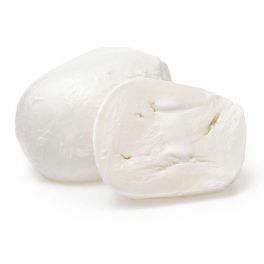


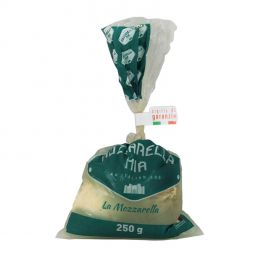
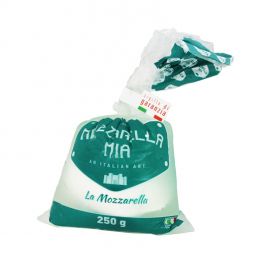
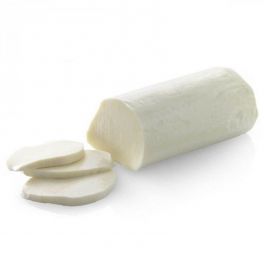
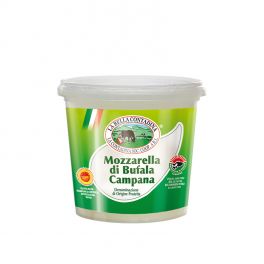
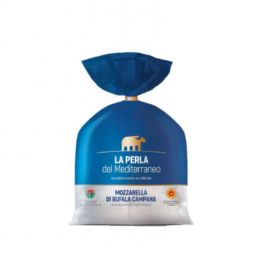

Share on: